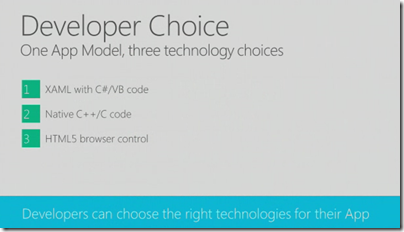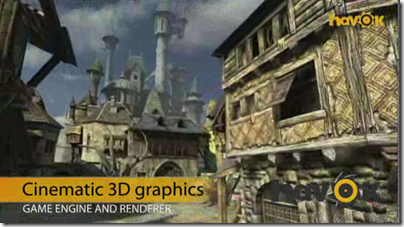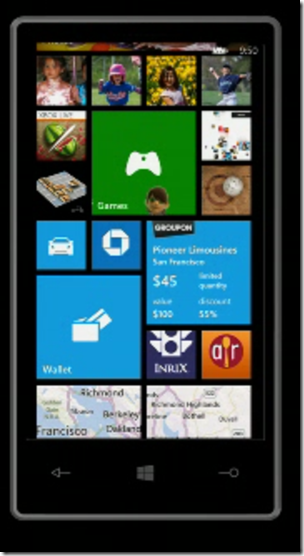I am in favour of device convergence, but still find myself carrying a dedicated recorder when out and about. I tend to record a lot of stuff, almost all voice, and there are three reasons for having a separate recorder, rather than using a smartphone, tablet or laptop.
The first is battery life. Sometimes I am without mains power for most of the day, and there are few devices that I can rely on for the number of hours required. Occasionally a key interview comes up at short notice and I hate the thought of being caught out.
The second is quality. This is the most important. A recording is only useful if you can hear what was said, and getting a high quality recording makes the job much easier, particularly if the environment is noisy and the speaker distant. The last interview I did was in a pizza restaurant, for example.
The third is convenience. If you are doing an interview, your focus must be entirely on the interview, not on the equipment. Time spent powering stuff up, fiddling with settings, or checking that it is working, is an unwelcome distraction. The only thing worse than not having a recorder with you is recording silence – which means you did not scribble furiously because you thought you would have a recording.
Once I failed because my microphone was plugged into a headphone socket. Another time I relied on the built-in mic on a tablet PC, and ended up not with silence, but with a recording that sounded just like the sound of a man talking, except that you could not make out any of the words. The interview was with game designer Peter Molyneux and would have been rather interesting. I had to make do with my recollections. Never again.
For years I have been using an iRiver H140, a hard drive player and recorder which is something of a classic. I bought it in 2004 and the battery still lasts 8 hours on a single charge. It has a mic input with plug-in power and I get great results using an external Sony microphone. On a recent trip to California though I left the charger at home, and the unit is so old that it lacks USB charging.
I therefore made an emergency trip to Fry’s in San Jose. Not my favourite store; but it did have some voice recorders. I bought a Philips Voice Tracer LFH0884, slightly discounted because the packaging had been opened, with a warning on the label that a customer might have returned it. Judging by the odd recordings I found on it, that most likely was the case. Still, it worked.
I picked out the Philips for several reasons:
- 8GB on-board storage
- Rechargeable batteries with USB charging (also takes 2 standard AAAs). Battery life 50 hours recording time.
- Attaches to a PC as USB storage device
- Stereo (makes it easier to pick out voices in noisy environments)
- Choice of recording formats right up to uncompressed WAV
- Input for external microphone
I also noticed that this particular model comes with three microphones, as seen in the picture below.

Specifically, there is a built-in microphone, a tie-clip microphone, and a “zoom” microphone which attaches to the end of the device. You also get a USB cable and a set of earbuds.

Supposedly the Zoom microphone is ideal for recording a distant voice, such as a speaker at a lecture. It is meant to focus on sounds directly in front of the device. It works in tandem with a software setting for Zoom. I have not tested this thoroughly yet though I am sceptical.
Operation
The Voice Tracer is easy to use, though the user interface can be annoying and I recommend a quick read of the manual. On the top end of the unit are the mic and earphone sockets and the built-in mics. On the left is a hold switch. At the bottom end is a mini USB port. The main controls are on the top, being a four-point rocker switch, a central button, and four additional buttons for Index, Menu, Record and Stop/Delete.
The short guide is this. Make a recording by pressing Record, and stop it by pressing Stop. Add an index point during a recording by pressing Index. Not too bad.
There is also a built-in speaker so you can play recordings out loud in poor but audible quality.
The Menu button gives access to a set of icons each of which controls a setting.

For example, the Rec setting offers 6 modes, from 8kbps mono (SLP or Super Long Play) to PCM which is uncompressed WAV. I recommend the Super High Quality (SHQ) mode which is an acceptable 192kbps stereo MP3. The difference between this and the next one down (64kbps) is clearly audible, but WAV is overkill and takes too much space unless you are recording music, for which this is not really the best device. I would like to have seen a 320kps stereo MP3 mode.
You can fit 95 hours of SHQ mode recordings on the 8GB built-in storage, which is plenty. Even with WAV you can fit 13 hours.
The menu has numerous options though it falls short in certain areas. In particular, you cannot control the recording level other than by a crude Hi or Lo mic sensitivity setting. You do get a lot of (to my mind) unnecessary features such as an alarm clock, FM radio, basic editing such as splitting files, and three EQ settings for music (Pop, Jazz or Classic).
Audio settings, in addition to the quality mode and mic sensitivity mentioned above, are Voice Activation which is meant to start and stop recording automatically, and Clear Voice which boosts quiet passages automatically. There is also a Line In mode which converts the mic input socket for a high-level input.
The sound
With three microphones to choose from, how is the sound? To give you an idea, I recorded a sample of my own voice using the built-in mic, the zoom mic, the tie-clip mic, and an external Sony electrec condenser microphone that cost more than the recorder. I normalised the level of each recording. I also added a sample of the Sony mic recorded into a PC using an external pre-amp, as a reference. The samples are here.
A few observations then.
First, the sound quality is fine for my intended purpose, recording talks and interviews. Of the various microphones, my preference is the tie-clip, partly because I prefer to use a microphone attached by a cable. With the built-in and zoom microphones, any movement of the device or use of its controls is picked up as noise. That said, I do not always use the tie-clip mic clipped to clothing. I often use it as a table microphone, sometimes attaching it to a credit card for stability.
What about using a third-party external microphone like the Sony? Here, the news is not particularly good. The Sony sounds OK, but the level is too low even when set for high sensitivity. This is why it is hissy on my sample. I tried using an external preamp, but my preamp has no output level control, and it was too high for the Voice Tracer and was clipping, even on the Line In setting.
If only Philips would ditch the silly radio and alarm clock, and provide an input level setting instead, this would not be such a problem.
Still, bearing in mind that this is designed as a voice recorder, not a general purpose digital recorder, it does a good enough job. I have used it with success for dozens of interviews now.
Note: the exact model reviewed above appears to be US only. The LFH0865 seems a close equivalent, and is available in the UK.


















